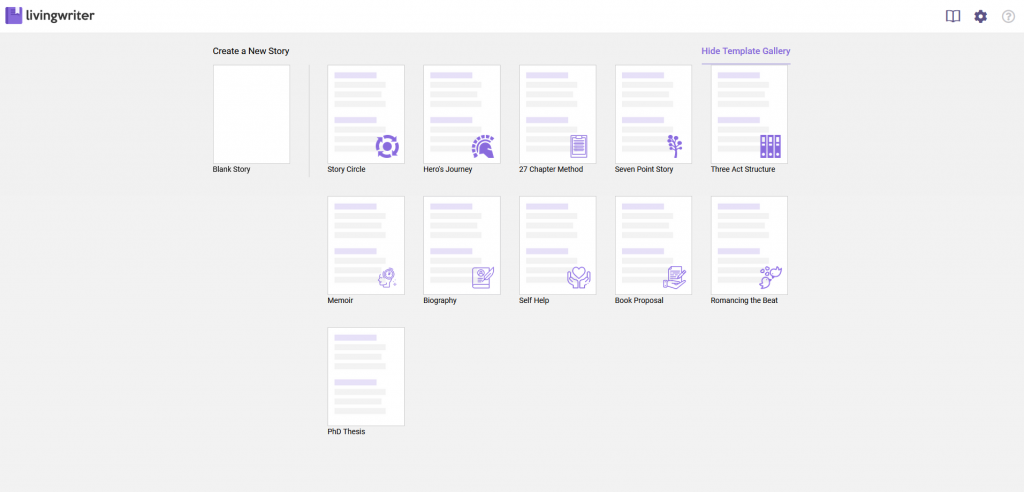What Does In Media Res Mean?

The phrase in media res is Latin for the English term “in the midst of things”. Ever watched a movie or read a book where the past is explained in the middle of the plot? That’s what in media res means- the writer cleverly skips character descriptions, world-building, and the backstory to achieve certain things which will be outlined below.
In media res was initially coined by the lyrical poet Horace in his Ars Poetica. This literary technique takes us to the story equivalent of the chicken coming before the egg.
In this post, we will show you how in media res can be used to narrate a captivating and stirring story and how it has contributed to the transformation of storytelling.
What Is The Purpose of In Media Res?
In media res is all about showing rather than telling. Unlike the traditional narration where the author details the environment and explains each character, in media res trades all these for a road that heads straight to the point.
Below are the main reasons why an author would choose to begin a story in media res:
1. To Create Tension
In media res is the best tool for creating tension and dramatic writing. It’s the ultimate way to capture your readers’ curiosity and plunge them deeper into your story.
By excluding important details of the story, the audience will be left asking themselves ‘what happened before this?’ and ‘how will things turn out?’
Sometimes beginning a story conventionally is boring, but starting mystically makes things exciting and propels the story forward, even in the quieter scenes.
Vince Gilligan, the executive producer of Breaking Bad knew exactly how to use in media res in his Award-winning show. No wonder this drama series is one of the most beloved in history and received so many awards and nominations.
2. To Create Dramatic Irony
Writers use in media res to clue the audience into what will happen to the protagonist but still leave the characters stumbling in the dark.
The act of balancing the fine line between giving the plot away and displaying just enough details enables the readers to be a step ahead of the character. This is what it means to create dramatic irony.
Going back to Breaking Bad, the story begins with a speeding RV in the middle of the desert and the protagonist, Walter White exiting the automobile with a pistol in his hand and no pants on. Vince Gilligan reveals a little bit of what happens to the protagonist before taking us back to how it all began.
3. To Establish the Central Question or Mystery
Part of the reason why in media res is so awe-inspiring is that it quickly creates a central mystery or question-which is interesting enough to make the reader invest time in solving it.
When you release one juicy detail at a time rather than all of them at once, the reader is forced to become Sherlock Holmes, trying to fill in the mysterious gaps, which adds to the excitement. Of course in this case, instead of searching for clues with a set of magnifying lenses, the reader’s only way to fill in the gaps is to keep reading.
Who doesn’t love reading a novel that incites their mystery-solving neurons? You can take advantage of your readers’ curiosity by making them binge read your book as they scout for clues and context.
4. To Pique the Reader’s Attention
In the Ars Poetica Horace describes how Homer chose not to start ab ovo (from the egg) in his epics the Odyssey and the Iliad. This allowed Homer to intrigue the audience’s attention from the get-go.
Being confronted with the unexpected can make a reader sit up in their reading chairs for hours on end.
Despite being used since history, in media res continues to influence storytelling by not giving readers what they expect to get at the beginning of a story.
Effective use of in media res can then lure your readers in, making them turn your book’s pages.
How to Utilize In Media Res
Before reaping the bountiful harvest of in media res, you need to have an unshakable storytelling foundation.
A grand story start is the first step towards crafting a bestselling novel, and these tips will certainly get you there.
1. Outline Your Beginning, Middle and End
You’ve most likely heard or read that planning your story is the key to creating an extraordinary novel. This is truer than ever when using in media res.
So begin by crafting the following:
- The sequential order of your events.
- The protagonist(s) character details.
- The primary conflict- the problems you want to solve.
- Any other subplots and how they will be featured in the main narrative.
2. Create an Emotional or Pivotal Scene
Crafting a successful pivotal scene requires you to have a good idea of your story’s climax and how it will affect your characters and world.
This will form a foundation for your opening scene later, which should be packed with an emotional punch to grab your readers’ attention.
3. Keep Things Short
For an enticing and punchy beginning, leave out any details that justify the scene- save the details for later.
Keeping it short means entering the scene late and leaving it early, which is a great foreshadowing technique that makes the audience question, ‘Who are the characters?’, ‘What’s happening?’, ‘When and where is this?’, ‘How did we get here?’, ‘What’s going on to happen?’.
4. Make Your First Line Punch
When using in media res, a killer first line hooks the readers and lets them know that they don’t have to understand the next unfolding scene just yet. It signals that there is a larger context that will be revealed later.
5. Decide On How to Unfold the Missing Pieces
After you’ve got your readers on the edge of the seat, dying to know what details you purposely left out, the rest of your story should be devoted to answering the questions in their mind or slowly offering more and more details.
To achieve this, you can apply literary techniques such as:
- Dialogue: Two or more characters refer to the past.
- Time-jumps: Shifting back and forth in time to reveal important information.
- Flashbacks: The protagonist and other characters reminisce and clue in the audience on their memories.
Hopefully, you are now equipped to use in media res in your next novel to make it extra spicy.
Don’t wait for the egg to hatch! LivingWriter’s ready-to-use story templates such as Seven point Story, Story Circle, Hero’s Journey, and many more will help you plan your story’s beginning, middle, and end.
